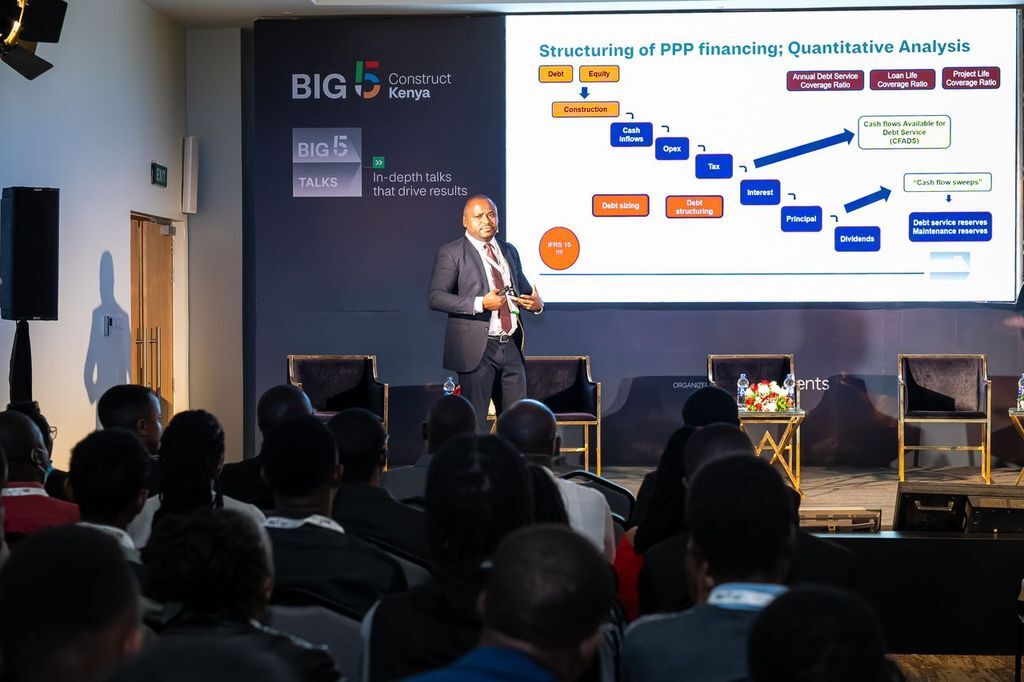Harnessing Solar Energy With Hybrid Inverter Chargers
Hybrid inverter chargers can provide off-grid communities with round-the-clock electricity.

Access to reliable and sustainable energy remains a pressing issue in Sub-Saharan Africa, with millions of people living without electricity. Amidst these challenges lies a beacon of hope: solar energy.
With abundant sunlight throughout the year, solar power presents a promising solution to address the region's energy needs. Yet, the intermittent nature of solar generation poses a hurdle to meeting round-the-clock energy demands.
Enter hybrid inverter chargers - a game-changing technology that seamlessly integrates battery storage with solar energy systems, offering a path toward energy independence and resilience.
The role of solar inverters
Solar inverters serve as the backbone of solar energy systems, converting DC electricity generated by solar panels into usable AC electricity. In regions with reliable grid infrastructure, traditional grid-tied inverters synchronise with the utility grid, allowing surplus solar energy to be exported and drawing power from the grid when needed.
However, in Sub-Saharan Africa, where grid reliability is often lacking, this dependence on the grid can hinder energy access and reliability, highlighting the need for alternative solutions.
Hybrid inverter chargers, also known as bi-directional or multi-mode inverters, represent a significant advancement in solar technology. These versatile devices not only convert DC to AC but also incorporate battery charging and discharging functionalities. This dual capability enables hybrid systems to operate in both grid-tied and off-grid modes, providing flexibility and resilience to energy systems.
By storing excess solar energy in batteries, hybrid inverters reduce reliance on the grid, offering a more reliable and independent power source, especially in remote or off-grid areas.
Let's take a closer look at some key benefits of integrating battery storage with solar energy using hybrid inverter solutions in Sub-Saharan Africa:
- Addressing energy poverty
30 of the 38 countries that are unable to provide basic electricity access to their populations are from Sub-Saharan Africa. This is because traditional grid expansion efforts in the region face challenges due to the vast geographical expanse and low population density. Hybrid inverter solutions offer a decentralised approach to energy access, enabling communities to leapfrog traditional grid infrastructure and deploy localised solar microgrids with battery storage. This approach empowers communities, unlocks socio-economic opportunities and contributes to improved living standards.
- Accelerating rural electrification
Rural electrification efforts in Sub-Saharan Africa often face logistical and financial challenges, making it difficult to extend the grid to remote areas. Hybrid inverter solutions offer a decentralised alternative, enabling the rapid deployment of off-grid and mini-grid systems powered by solar energy and battery storage. These systems can serve as catalysts for rural development, powering schools, health clinics, and small businesses and driving socio-economic progress in underserved communities.
- Energy access for productive use
Access to reliable electricity is essential for productive activities such as agriculture, small-scale manufacturing and entrepreneurship. Hybrid energy systems enable the electrification of productive use applications, powering irrigation pumps, agro-processing equipment and other machinery vital for economic growth. By facilitating the productive use of energy, hybrid solutions contribute to poverty reduction, job creation and sustainable development in rural areas.
- Resilience in the face of climate change
Sub-Saharan Africa is particularly vulnerable to the impacts of climate change, including extreme weather events and variability in rainfall patterns. Hybrid energy systems provide a stable and renewable energy source that is less susceptible to weather-related disruptions. By integrating battery storage with solar power, communities can store surplus energy during periods of abundant sunshine and deploy it during cloudy days or at night, ensuring a reliable energy supply even in adverse conditions.
- Fostering technology transfer and innovation
The deployment of hybrid inverter solutions in Sub-Saharan Africa presents opportunities for technology transfer, knowledge exchange and local innovation. Collaboration between international stakeholders, local entrepreneurs and research institutions can drive the adaptation of hybrid technologies to suit the unique needs and conditions of the region. This collaborative approach not only accelerates the deployment of clean energy solutions. It will also build local capacity and foster a culture of innovation and entrepreneurship.
Challenges and considerations
While hybrid inverter technology holds great promise, several challenges must be addressed for their successful implementation in Sub-Saharan Africa:
Affordability: The upfront cost of hybrid systems, including batteries, remains a barrier for many communities and businesses.
Maintenance and technical support: Ensuring the availability of skilled technicians and spare parts is crucial for the long-term reliability of hybrid systems.
Policy and regulatory frameworks: Clear and supportive policies are essential to incentivise investment in hybrid energy solutions and create an enabling environment for their deployment.
Battery performance and lifespan: Battery technology advancements are needed to improve energy density, cycle life, and safety while reducing costs.
Integrating battery storage with solar energy through hybrid inverter solutions offers a compelling pathway to address energy access, reliability and sustainability challenges in Sub-Saharan Africa. By harnessing the abundant solar resources of the region and leveraging innovative technologies, communities can unlock new opportunities for economic growth, social development and environmental stewardship.
With concerted efforts from governments, industry stakeholders, and local communities, the transition to hybrid energy systems can pave the way for a brighter and more sustainable future for all.
Photo: House in Namibia fitted with solar technology (© Cherylramalho | Dreamstime)



